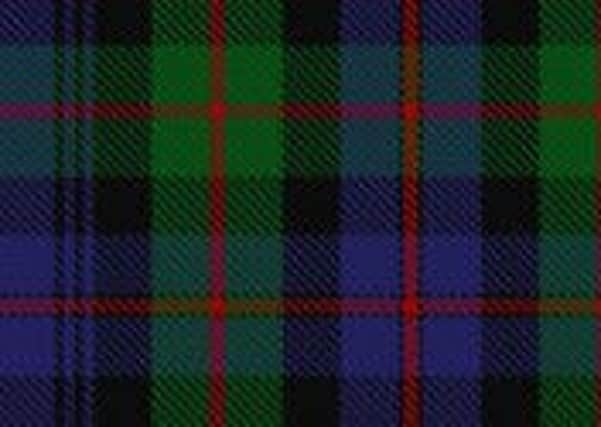Scottish clan profile: MacKenzie


The clan MacKenzie is said to have hailed from the great Norman Irish families of Ireland, chiefly the House of Geraldine. Colin Fitzgerald of that House is said to have settled in Scotland in the 1260’s, here he made his fame, and fortune, by assisting King Alexander III and his forces in repelling the Norwegian King Haco.
For this endeavour he was awarded the lands of Kintaill in the County of Ross. The name MacKenzie finally arose when Coinneach MacCoinneach (Kenneth son of Kenneth), 3rd Earl of Kintail’s name was corrupted in its translation to English becoming Kenneth MacKenzie.
Origins
Advertisement
Hide AdAdvertisement
Hide AdThe first true mentions of the MacKenzies originate around the 14th century when the clan, led by Alexander the Upright, the 7th Baron of Kintail, sided with the King against the Lords of the Isles, the MacDonalds, and in doing so, gained a stronger foothold in the territories of Rosshire adding to their base of Eilean Donan Castle near Loch Duich.
Rising fortunes
During the Anglo-Scottish Wars John Mackenzie, 9th Baron of Kintail led the clan at the Battle of Flodden Field in 1513 and the Battle of Pinkie Cleugh in 1547 and the MacKenzies continued to gain prominence.
The clan supported Mary Queen of Scots during her power struggle with her brother, before taking the Isle of Lewis from the Clan MacLeod and Loch Alsh from the MacDonnells.
In the 17th century the then clan chief Colin MacKenzie was made Earl of Seaforth, a title which granted him a Scottish peerage and further power.
Their power only began to wane with the fortunes of the Royal Stuart family, Kenneth, the 4th Earl of Seaforth fought valiantly alongside his fellow Roman Catholic the King, James VII and supported him even when he was forced into exile. Kenneth’s son raised an army of 3,000 men in support of the Jacobite pretender.
The MacKenzies were later pardoned for their support of the ousted royal family as their power and influence were seen as a useful commodity by the British Government.
Army regiments
A number of famous regiments have been raised from the Mackenzie clan, including the Highland Light Infantry, the Seaforth Highlanders, and the second battalion of the Seaforth Highlanders, known as the Ross-shire Buffs.
During the Wars in India, Colin Mackenzie (1754–1821) was Surveyor General of India, and an art collector and orientalist. He produced many of the first accurate maps of India, and his research and collections contributed significantly to the field of Asian studies. In 1799, he was part of the British force at the Battle of Seringapatam.
Advertisement
Hide AdAdvertisement
Hide AdThe clan’s crest, which contains a stag’s head, can supposedly trace its origins to a story immortalised in Benjamin West’s painting, which shows Colin Fitzgerald saving King Alexander III from an errant stag.
This story has been adopted by the Dalmore distillery, which is based in Altness and was originally owned by the MacKenzie family, they have now adopted the clan motto and the 12 pointed stag’s head, the royal sigil supposedly gifted to Colin Fitzgerald, predecessor of the clan by King Alexander III in thanks, for saving his life.
Motto: Luceo non uro (I shine not burn)
Current Chief: John Ruaridh Grant Mackenzie, 5th Earl of Cromartie
Current Seat: Castle Leod
Castles: Eilean Donan Castle, castles of Chanonry and castle Brahan
Titles: Earl of Seaforth, Baron of Kintail and Earl of Cromarty
Notable members: John Ruaridh Grant Mackenzie, 5th Earl of Cromartie, Colin Mackenzie Surveyor General of India, Kenneth the 4th Earl of Seaforth and one of the first Knights of the Thistle, the Scottish Order of Chivalry, Alexander Ionraic (‘The Upright’), the 7th Baron of Kintail, Colin Fitzgerald, supposed progenitor of the clan, Colin MacKenzie, first earl of Seaforth.
SEE ALSO: